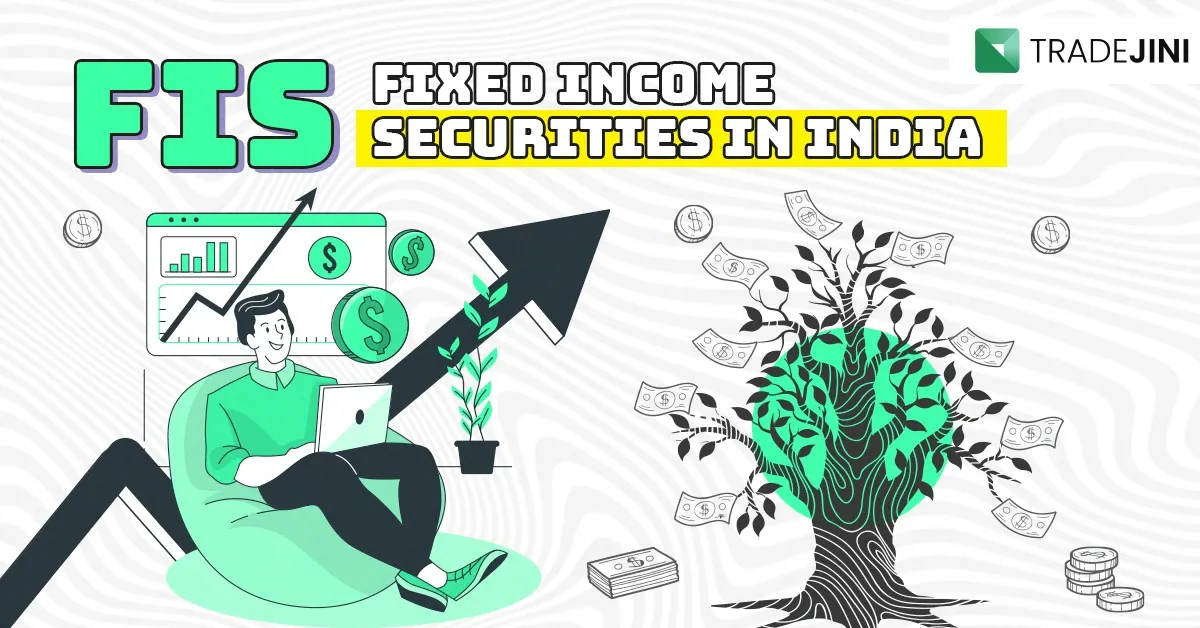Whether you are a seasoned investor or a newbie, you would have definitely come across IPOs in your journey. Initial public offers can offer exciting opportunities to bag the stocks of your favourite company. It gives you an early bird advantage to buy the shares in bulk, also known as lots and capitalize on price movements from the very start.
| Aspect | Mainboard IPOs | SME IPOs | Total |
| Number of IPOs | 34 | 62 | 96 |
| Capital Raised (INR Crores) | ₹46,800 | ₹1,820 | ₹48,620 |
*Data as of September 2024
But if you decide to look further into the world of IPOs, you may be presented with two segments: mainboard IPOs and SME IPOs, which may trigger some curiosity as to what they mean, how they differ and so on.
But before we begin, let’s ensure we are all on the same page by going through some quick fundamentals.
What is an IPO?
An IPO (Initial Public Offering) is a process where a private company ‘goes public’ for the first time by offering its capital in the form of shares for the public investors to subscribe.
The process of conducting IPOs.
When a company decides to conduct an IPO, it has to file a DRHP— a Draft Red Herring Prospectus with SEBI. The DRHP consists of a detailed risk profile, which typically includes:
- Company Overview
- Financial Performance
- Risk Factors
- Use of Proceeds
- IPO Terms
Why do companies conduct IPOs?
An IPO is conducted to raise funds from various sources, such as retail investors, DIIs, FIIs and so on. Companies may also go public to increase their visibility in the market since IPOs tend to attract a lot of public and media attention.
These funds are in turn used for the expansion of business, investing in new projects, paying off debt, or any other reason that the company may deem fit.
Ever since the 2020 lockdown, there has been a big surge in IPOs, which reflects a blend of opportunity, ambition, and, at times, necessity. Since then, 215 IPOs have launched in the Indian market, with over 70% trading above their issue price as of July 2024. This momentum is driven by abundant liquidity, a thriving economy, and soaring investor confidence.
Also Learn: Swiggy IPO: 10 Crucial Points to Understand Before Investing
What do companies do with the funds raised by IPOs?
These funds are in turn used for the expansion of business, investing in new projects, paying off debt, marketing and advertising, increasing operational efficiency and so on.
Current scene of IPOs in the market
The recent surge in IPOs has been fueled by exciting investment opportunities, particularly in new-age tech startups. Almost all recent IPOs have seen immense success, with many being oversubscribed multiple times, reflecting strong investor sentiment.
However, this IPO boom also highlights a challenge: when large, well-known companies list alongside SMEs, they often overshadow smaller firms, making it harder for SMEs to attract investment.
To address this, a distinction between Mainboard and SME IPOs has been established.
Also Learn: Hyundai Motor IPO GMP Drops 89% 🚗📉 - Top 5 Reasons Explained
What is a Mainboard IPO?
Mainboard is where big companies with a paid-up capital of over ₹10 crores are listed for IPOs. These companies are often renowned and operate on a large scale. Once listed, they are traded on the NSE and the BSE.
What is an SME IPO?
SME is where these small and medium enterprises get their share of the market. These companies must have a minimum post-issue paid-up capital of ₹1 crore, and it should not go beyond ₹25 crore. These companies are often small start-ups and operate on a small scale. Once listed, they are traded on the NSE Emerge and the BSE SME.
Learn About: Capital Market Instruments: Meaning, Types and Features
Can SME migrate to Mainboard?
If a company lists its IPO on the SME board, it uses the funds for expansion and investment projects. As the operations grow in scale, the company may prefer to access greater liquidity and bigger investor pools. However, this is possible on the mainboard and thus, SEBI has offered an option for SME stocks to migrate to the mainboard, provided the company meets the below conditions:
- Track Record: The company must have a track record of at least three years of profitability or a positive net worth for three out of the last five years.
- Paid-Up Capital: The post-issue paid-up capital must exceed ₹10 crore.
- Shareholder Approval: Migration requires approval from at least two-thirds of shareholders, excluding promoters.
- Regulatory Compliance: The company must comply with SEBI regulations and guidelines for Mainboard companies.
- Market Capitalization: The company’s market capitalization should meet the stock exchange's minimum criteria, typically in the range of ₹25-30 crore.
Here is a table differentiating the Mainboard IPO vs SME IPO
| Aspect | Mainboard IPO | SME IPO |
| Regulatory
Body |
SEBI (Securities and Exchange Board of India) | SEBI (Securities and Exchange Board of India) |
| Minimum Post-Issue
Paid-Up Capital |
₹10 crore and above | ₹1 crore to ₹25 crore |
| Track Record Requirement | Companies must have a track record of at least three years of profitability. | Must have a track record of at least two years of profitability or positive net worth for three out of the last five years. |
| Number of Shareholders | Minimum of 1,000 shareholders. | Minimum of 50 shareholders. |
| IPO
Application Size |
Retail investors can apply for ipo amounts ranging from ₹15,000 to₹2,00,000. | Retail investors can apply for a minimum lot size, often smaller than Mainboard IPOs. |
| Underwriting | No mandatory underwriting required. | 100% underwriting mandatory, with 15% from merchant bankers. |
| Listing
Platforms |
Listed on BSE (Bombay Stock Exchange) and NSE (National Stock Exchange) | Listed on S&P BSE SME and NSE Emerge |
| Migration to Mainboard | Not applicable. | SME-listed companies can migrate to the Mainboard after meeting certain criteria. |
| IPO Time Frame | Typically takes 6-12 months. | Generally faster, taking around 3-6 months. |
| Number of Allottees | Large number of ipo allottees due to broader investor base. | Smaller number of allottees due to limited investor participation. |
Conclusion
Understanding the distinction between Mainboard and SME IPOs is crucial for investors navigating the IPO landscape. While Mainboard IPOs offer opportunities with established, large-scale companies, SME IPOs provide a platform for smaller, emerging businesses with growth potential. Each segment has its own set of requirements and benefits, catering to different investor preferences and risk appetites.
So will you wrestle with the giants in the Mainboard or will you challenge the rising stars in the SME segment?
Happy IPO Investing with TradeJini!!!




